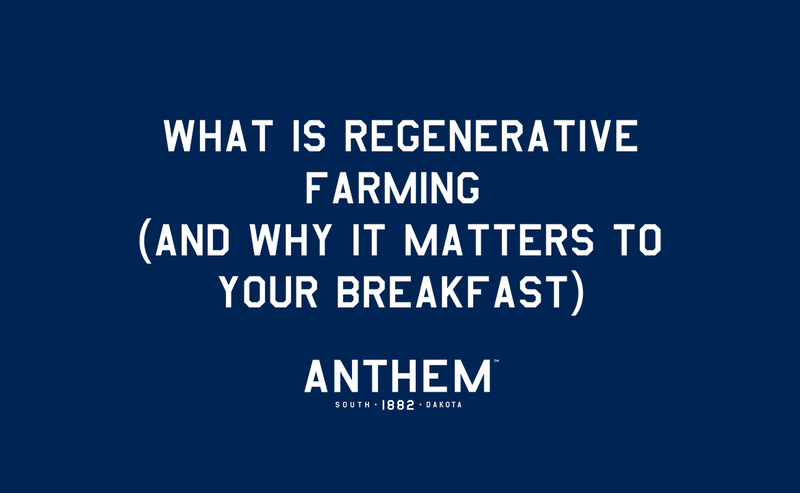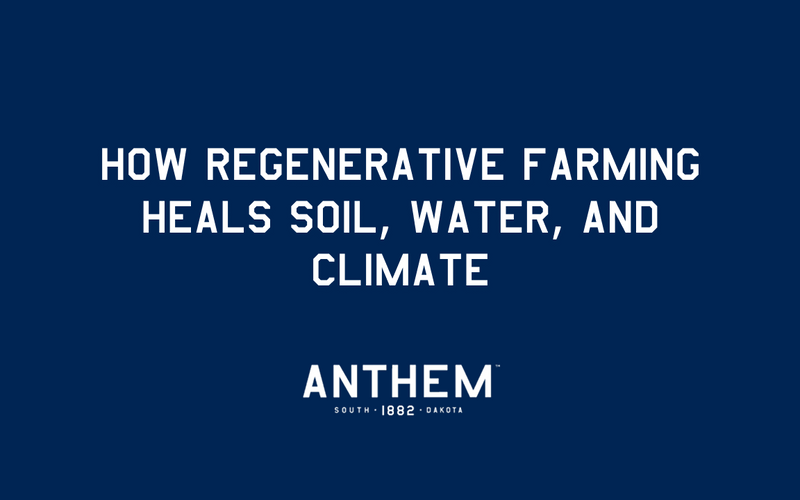
Regenerative farming is rooted in a simple idea: if we care for the land, it will keep feeding us. That means treating soil like the living ecosystem it is, not just a surface to plant into.
For decades, large-scale agriculture has pushed for more yield, faster turnaround, and bigger acreage. In the process, fields have been tilled until they’re dust, sprayed until they’re sterile, and stripped of the biology that made them fertile in the first place.
Regenerative farming works in the other direction. It rebuilds what’s been worn down. It listens to the land’s rhythms instead of overriding them. And it focuses less on short-term output and more on long-term vitality.
How Regenerative Farming Works
It’s not one practice or checklist. It’s a system of decisions that stack up over time. It’s how you seed, how you rotate, how you leave room for nature to play its part.
Some of the pillars include:
-Cover cropping: Growing plants like clover, rye, or vetch during off-seasons to keep roots in the ground, add organic matter, and feed microbes.
-Minimal or no-till: Avoiding deep tillage keeps soil structure intact and allows fungal networks and microorganisms to thrive.
-Diverse crop rotations: Growing different crops in a planned sequence reduces disease and pest cycles while improving nutrient balance.
-Compost and organic amendments: Returning nutrients to the soil through natural inputs strengthens soil fertility and reduces dependence on synthetic fertilizers.
-Water-conscious management: Regenerative soils hold more water, reducing runoff and helping crops survive dry spells.
When these practices work together, soil becomes more than just a medium, it becomes a climate solution, a water reservoir, and a foundation for healthier crops.
What That Means for Your Morning Oats
It’s easy to look at a bag of oats and see a finished product. But it carries a story.
Most oats on grocery shelves come from vast monocrop systems. These fields grow the same thing year after year, often at the cost of depleted soil, heavy chemical use, and a narrow idea of efficiency. The oats may look the same, but they’re grown in systems that don’t last.
Oats grown in a regenerative system are part of something much more thoughtful. They come from soil that’s being restored, not exhausted. They grow alongside other crops in a rotation that honors the land’s natural balance. They’re part of a system that sees the field not just as acreage, but as a living, breathing environment.
You can taste it. Feel it. Not in a flashy way, but in the consistency of the grain. In the way it cooks. In the way your body feels after eating something that hasn’t been grown at the expense of everything around it.
Breakfast Is Where It Starts
The choices we make in the morning ripple outward. When we start the day with food that reflects care, for the land, for the farmer, for the future, we’re not just fueling ourselves. We’re reinforcing a food system that feeds back into the earth rather than draining it.
That’s what regenerative farming offers. It’s not a silver bullet. But it’s a shift in direction. One that says soil should get stronger every season. That nutrients should come from compost, not a bottle. That the field should be better off after the harvest than before it.
The Way We Grow Shapes What We Eat
Regenerative farming takes time. It requires planning, observation, and patience. It asks the grower to be in conversation with the land. And it produces food that carries that intention all the way to the table.
Our oats don’t come from a system built on shortcuts. They come from soil that’s being rebuilt, season by season. That’s where the flavor comes from. The texture. The integrity.
Oats With a Backstory Worth Savoring
Start your day with oats that give back, to the soil, to the planet, to your plate. Because how we grow matters just as much as what we eat.
Fuel your morning with oats that restore the land as they nourish your day.



